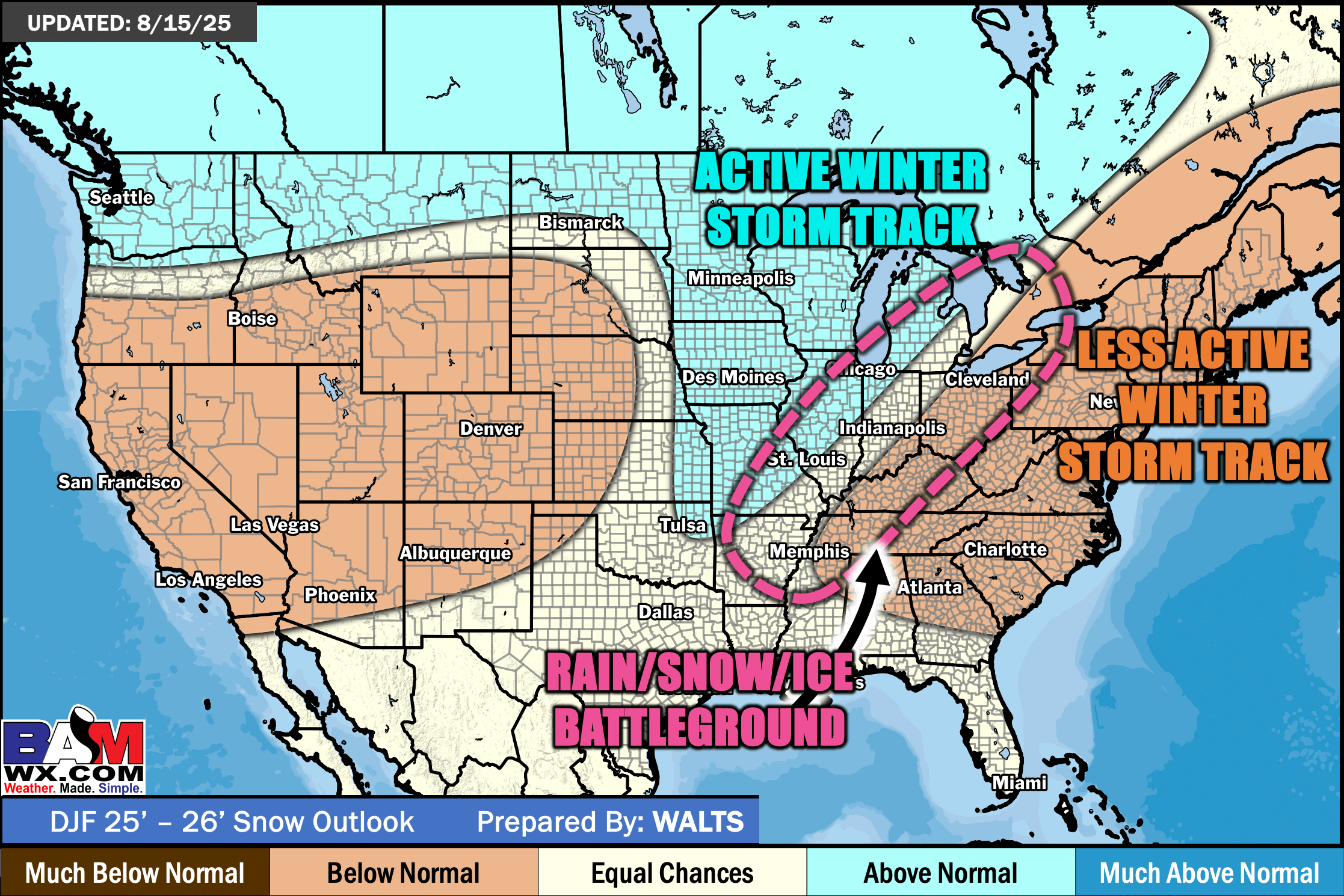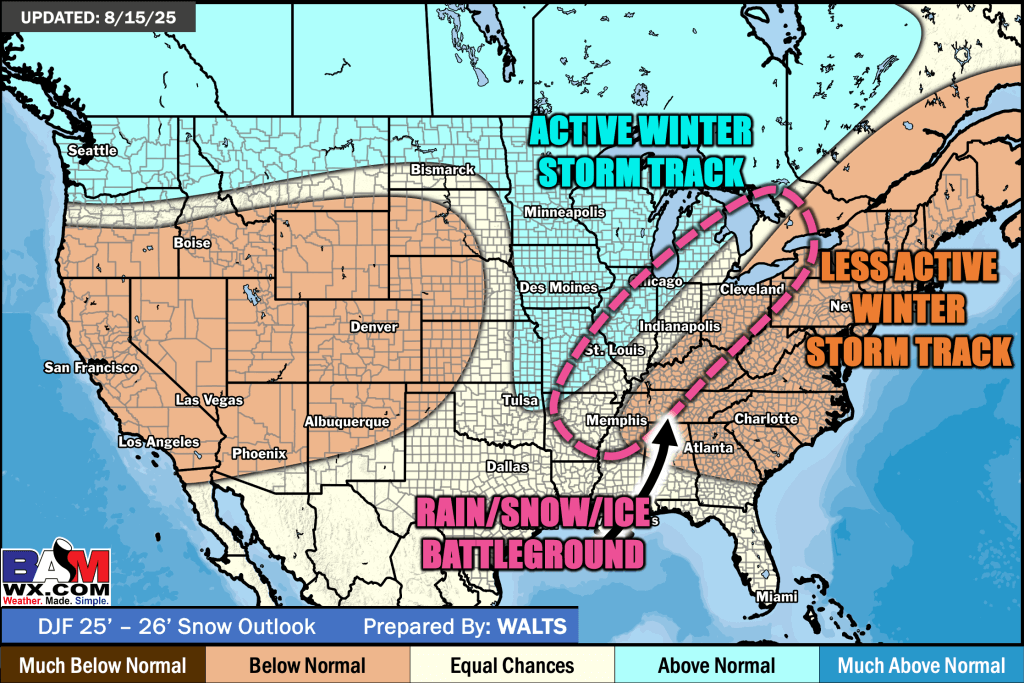By Bret Walts and Lauren Thomas
We’re hearing it over and over again from our clients this year: budgets for salt and other winter materials are being cut. Whether it’s municipal DOTs, large contractors, or small snow removal businesses, the story is the same — fewer dollars are being allocated for materials, labor, and operations.
On paper, this may look like a cost-saving move especially given a string of relatively lackluster winter seasons.
In reality, it has the potential to ripple across the entire snow industry.
Reduced budgets now will force everyone to stretch their resources further, but as winter storms hit, demand for salt will spike. When demand spikes, prices will skyrocket — leaving those who didn’t plan ahead scrambling to source what they need, often at the worst possible time.
This isn’t just a “big player” problem.
- Small businesses could find themselves outbid for materials by larger operators.
- DOTs and municipalities may face public backlash if roads aren’t treated fast enough.
- Large companies will feel the financial strain of paying premium prices just to keep operations running.
The reality is, none of us can afford to waste a single load of salt this year. Every ton will count – and for the Ohio Valley and Great Lakes, managing these resources may prove even more challenging than normal during the 2025-26 winter.
A second consecutive Weak La Niña is expected to set up a battle ground of precipitation spanning from Arkansas to Michigan with a volatile pattern of rain, snow and ice storms.

“The upcoming winter will feature similarities to last winter in terms of temperatures, but more prevalent warmth across the southern and southeast US will shift the storm track further north,” said Meteorologist Bret Walts. “This will favor above normal snow potential for the Midwest, with a challenging mixed precipitation battleground in the Great Lakes, Tennessee Valley and Ohio Valley.”
With anticipated resource and weather challenges, partnering with a weather support service won’t just be nice-to-have — it will be mission-critical. Having a dedicated weather team means you’re not relying on generic forecasts or guesswork. You’ll have:
- Exact timing of when precipitation begins and ends.
- Impact-based forecasts that tell you how much and what kind of treatment is actually needed.
- The ability to deploy crews and materials with precision, avoiding overuse and costly waste.
This winter, efficiency won’t just be an advantage — it will be a survival skill. Those who pair smart material management with precise weather intelligence will be the ones who keep operations running smoothly while others are paying double or triple for the same resources.
The bottom line: If your winter budget has been cut, your margin for error has disappeared. This is the year to tighten your strategy, sharpen your decision-making, and make sure you have the weather intelligence you need to act with confidence.



